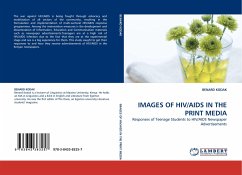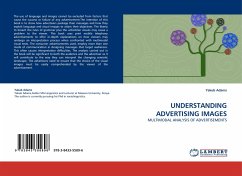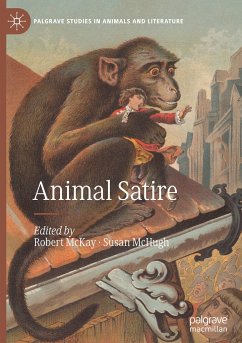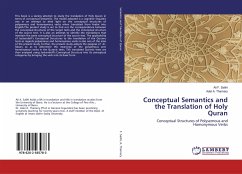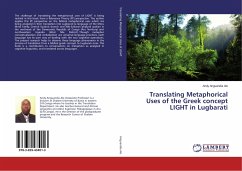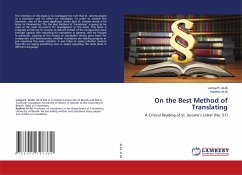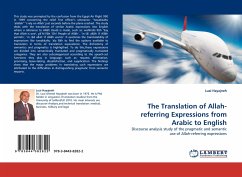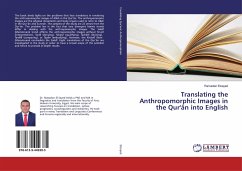
Translating the Anthropomorphic Images in the Qur'ân into English
Versandkostenfrei!
Versandfertig in 6-10 Tagen
55,99 €
inkl. MwSt.

PAYBACK Punkte
28 °P sammeln!
This book sheds lights on the problems that face translators in rendering the anthropomorphic images of Allah in the Qur'ân. The anthropomorphic images are the physical movements and body organs used to refer to Allah in the Qur'ân and Sunnah. The samples of the study are 22 verses from the Qur'ân. The problem lies in the fact that two divergent Islamic trends differ in dealing with the anthropomorphic images. The Salafî (Mainstream) trend affirms the anthropomorphic images without Ta'wîl (interpretation), Tactîl (denying), Takîyyf (qualifying), Tashbîh (likening), Tamthîl (comparing)...
This book sheds lights on the problems that face translators in rendering the anthropomorphic images of Allah in the Qur'ân. The anthropomorphic images are the physical movements and body organs used to refer to Allah in the Qur'ân and Sunnah. The samples of the study are 22 verses from the Qur'ân. The problem lies in the fact that two divergent Islamic trends differ in dealing with the anthropomorphic images. The Salafî (Mainstream) trend affirms the anthropomorphic images without Ta'wîl (interpretation), Tactîl (denying), Takîyyf (qualifying), Tashbîh (likening), Tamthîl (comparing), or Tajsîm (embodying). However, the Khalafî (Non-(Mainstream) contradicts the Salafî. Eight translations of the Qur'ân are investigated in the study in order to have a broad scope of the problem and hence to provide in-depth results.



